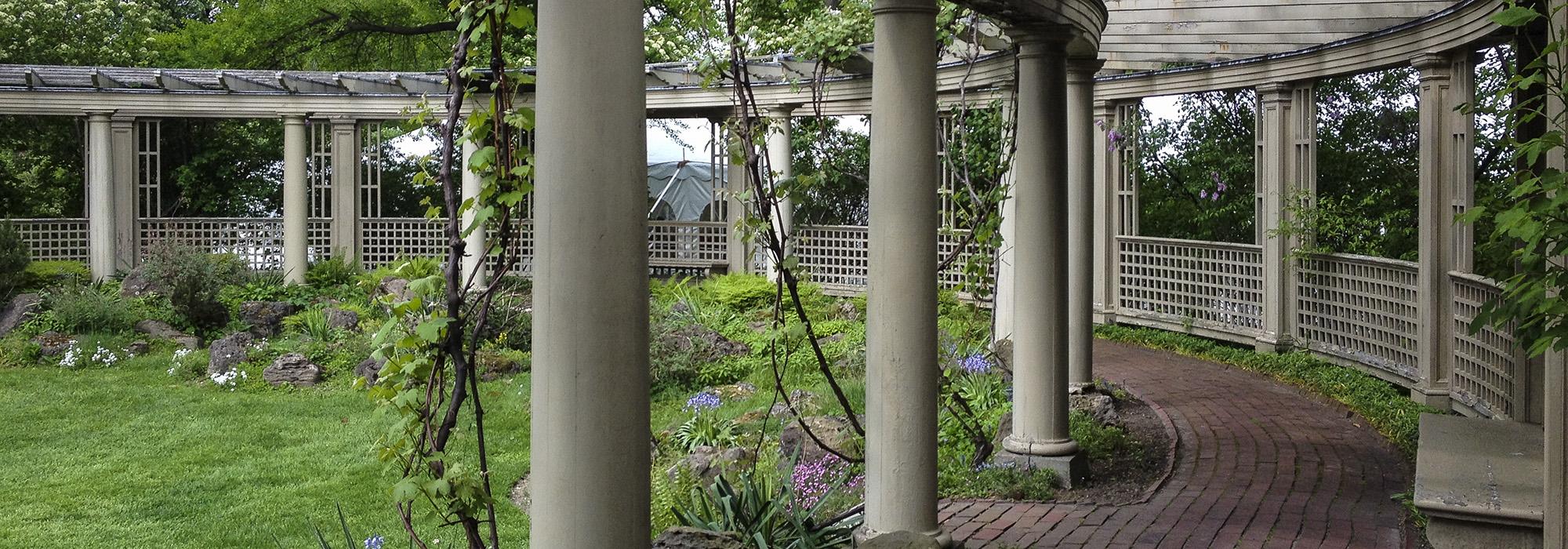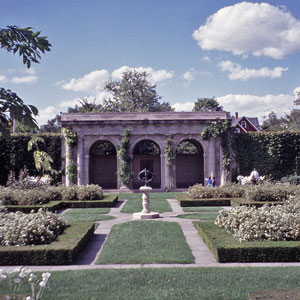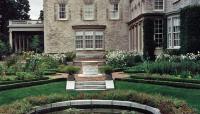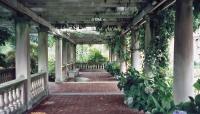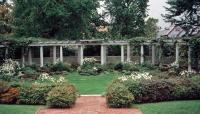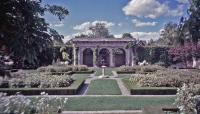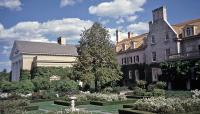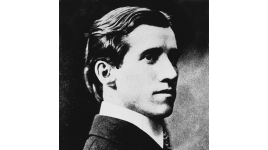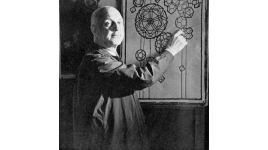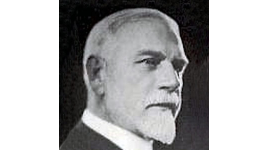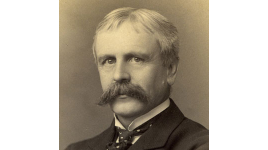Landscape Information
Designed between 1902 and 1932 by architect J. Foster Warner and landscape architect Alling DeForest, the 8.5-acre urban estate of Eastman Kodak founder George Eastman contained multiple gardens, lawns, and greenhouses, an orchard, poultry yard, and cow pasture. It is the most significant extant Country Place Era design by the Rochester-based DeForest.
DeForest set the garden axis east-west, parallel to the house. The formal Terrace Garden, defined by the Georgian Revival house and a colonnaded pergola, is punctuated by brick paths into diagonal boxwood-edged beds, two antique fountains, and a central sunken water lily pool. Geometric Cut-Flower and Rose gardens contrast with the naturalistic Rock Garden, terminating the garden axis at the Grape Arbor. In 1917 Eastman hired architect Claude Bragdon to design the West (or Sunken) Garden, loggia, and Peony Garden west of the house. Bragdon’s design took inspiration from the gardens of Hestercombe, designed by architect Sir Edwin Lutyens and landscape designer Gertrude Jekyll.
Eastman House was bequeathed to the University of Rochester in 1932 and served as their presidential residence until 1947, when it became the George Eastman House International Museum of Photography and Film. It was designated a National Historic Landmark in 1966.



